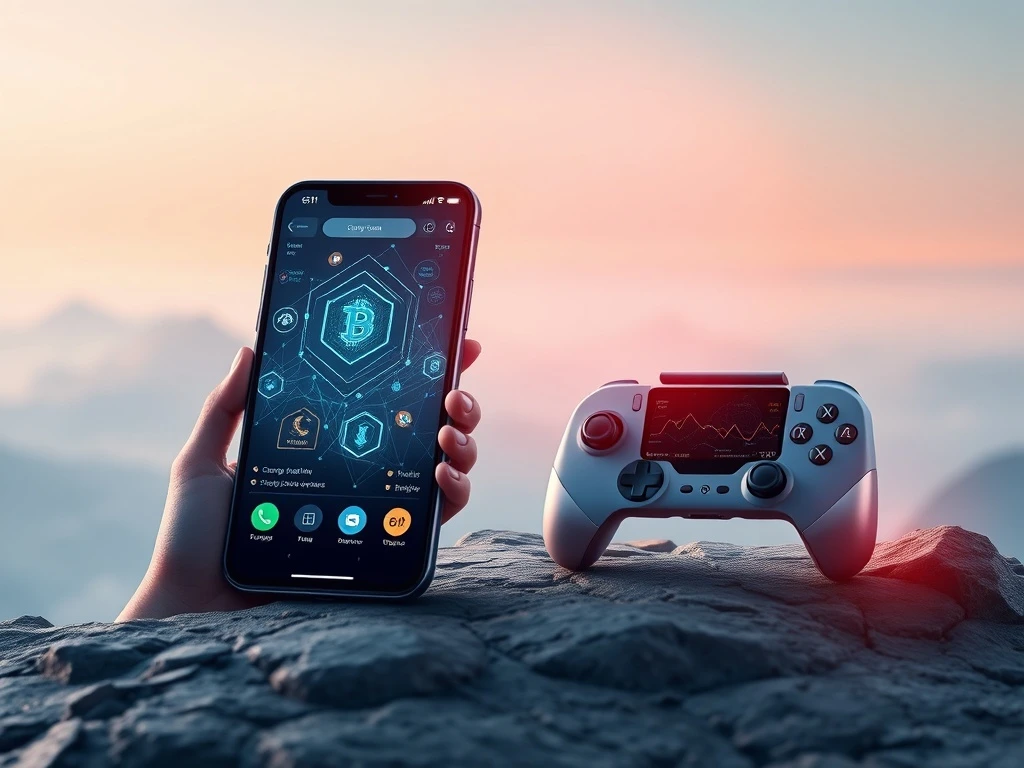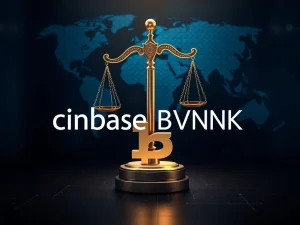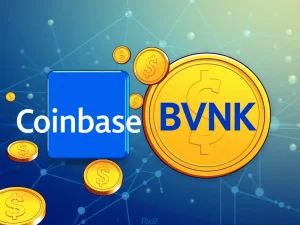Pioneering Web3 Hardware: Unlocking the Future of Crypto-Powered Phones and Consoles

The digital frontier is expanding rapidly. Web3 companies are now venturing beyond traditional apps and tokens. They are actively exploring innovative hardware devices. This includes crypto phones and specialized gaming consoles. These devices merge advanced blockchain functionalities with everyday consumer technology. This marks a significant shift in the Web3 ecosystem. It promises a more integrated and user-centric digital experience. Consequently, the future of decentralized technology is taking a tangible form. Are you ready to witness this exciting evolution?
The Rise of Crypto Phones: A New Era for Digital Interaction
Web3 companies are exploring ways to move beyond simple applications. They are experimenting with physical hardware devices. These devices, like phones, merge crypto functions with everyday technology. Gaia Labs, a decentralized AI and Web3 infrastructure company, recently announced its upcoming AI smartphone. This device will serve users in South Korea and Hong Kong. It builds upon Samsung’s Galaxy S25 Edge hardware. Crucially, the phone runs AI models directly on the device. This allows users to interact with agents without relying on cloud services. Furthermore, Web3 functions include onchain identity support and a pre-loaded Gaia domain. It also offers tools for deploying custom AI agents.
Gaia joins a small but growing group of blockchain ventures. These projects are actively experimenting with physical devices. Over the past few years, several projects have tried fusing blockchain with mobile devices. This demonstrates a clear trend towards tangible Web3 hardware solutions. This movement aims to bring decentralized features directly into users’ hands. The goal is to create a more secure and user-controlled digital environment.
Solana Mobile and Other Pioneers in Blockchain Devices
Solana Mobile, a subsidiary of Solana Labs, released its second-generation device in August. This device, the Solana Seeker, quickly gained traction. The company reported over 150,000 pre-orders. It ships to more than 50 countries globally. Solana Mobile’s first device, the Saga phone, launched in 2023. It featured a built-in Seed Vault and a Solana DApp store. This was notably tied to a BONK memecoin airdrop, which boosted its popularity.
Web3 entrants are not necessarily trying to replace established tech giants. Companies like Apple and Samsung still dominate the smartphone industry. However, Emmett Hollyer, general manager of Solana Mobile, articulated a different goal. He stated their aim is to create “something entirely new.” This new mobile ecosystem specifically puts crypto users and developers first. This vision emphasizes user empowerment and decentralized control. It contrasts sharply with traditional centralized models.
Pioneers in this space also include Taiwanese electronics maker HTC. In October 2018, HTC announced the pre-sale of the Exodus 1. This was a blockchain-powered Android device. It featured a built-in hardware wallet, known as the “Zion Vault.” It also supported multiple blockchains, including Bitcoin and Ethereum. Later, in 2022, luxury brand Vertu launched the Metavertu. This smartphone offered a dual Web2/Web3 platform. It included robust crypto wallet features and NFT support. Shashank Sripada, co-founder of Gaia, explained their success metric. He told Crypto News Insights, “The success metric isn’t market share. It’s proving that decentralized alternatives to Big Tech AI monopolies are technically and economically viable.” This highlights the underlying philosophical drive behind these blockchain devices.
Expanding Horizons: Web3 Gaming Consoles Take Center Stage
Beyond phones, teams behind major blockchains have also explored handheld gaming devices. This expands the scope of Web3 hardware significantly. In late 2024, Mysten Labs, the team behind the Sui blockchain, unveiled the SuiPlay0X1. This console, built with Playtron, combines full PC gaming with native Web3 features. These features include zkLogin and onchain asset management. This integration allows for true ownership of in-game assets. It also offers secure, decentralized login experiences.
Furthermore, in August 2025, Solana Mobile announced the Play Solana Gen 1 (PSG1). This portable console doubles as a hardware wallet. It includes seamless Solana wallet integration. It also offers transaction fingerprint security. Users gain access to Solana’s DApp ecosystem directly from the device. Pre-orders for the PSG1 opened in 2025. The first units are set to ship in October. This demonstrates a clear commitment to bringing Web3 gaming into the mainstream. It provides gamers with unprecedented control over their digital assets and identities. The potential for new gaming economies is vast. Classic Sega, Atari, and Nintendo games are even receiving crypto makeovers, showing the broad appeal of this trend.
The Impact of Web3 Hardware: Decentralization and User Empowerment
The push into physical devices signifies a maturing Web3 ecosystem. It moves beyond abstract concepts and digital assets. Instead, it offers tangible products that integrate blockchain technology into daily life. This integration fosters greater decentralization. It also enhances user empowerment. Users gain more control over their data, identity, and digital assets. This stands in stark contrast to the centralized models of Web2. Here, large corporations often control user data. Therefore, crypto phones and consoles offer a compelling alternative. They provide a secure and private digital experience.
The ability to run AI models directly on a device, as with Gaia Labs, reduces reliance on cloud services. This boosts privacy and security. Similarly, built-in hardware wallets in phones and consoles provide robust protection for digital assets. These innovations represent a significant step forward. They bring the benefits of blockchain directly to consumers. This makes Web3 more accessible and practical for everyday use. Consequently, the adoption of these blockchain devices could accelerate the broader acceptance of decentralized technologies.
Navigating the Future: Challenges and Opportunities for Blockchain Devices
Despite the promising developments, challenges remain for Web3 hardware. Market adoption is a key hurdle. Competing with established tech giants requires significant innovation and user education. However, the unique value proposition of decentralization and user ownership could attract a dedicated user base. Furthermore, the focus on specific niches, like crypto users and developers, allows these companies to build tailored experiences. This targeted approach could lead to sustainable growth.
The ongoing evolution of these devices will likely see more advanced features. This includes enhanced security, improved user interfaces, and broader ecosystem integration. The success of projects like Solana Mobile and Gaia Labs provides a roadmap. It shows that dedicated communities can drive innovation. As the Web3 space matures, these physical devices will play a crucial role. They will bridge the gap between digital assets and the physical world. This will ultimately create a more robust and accessible decentralized future.







